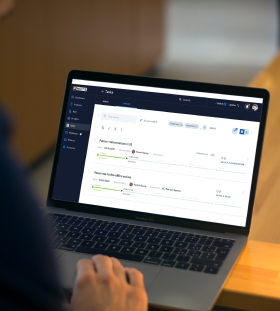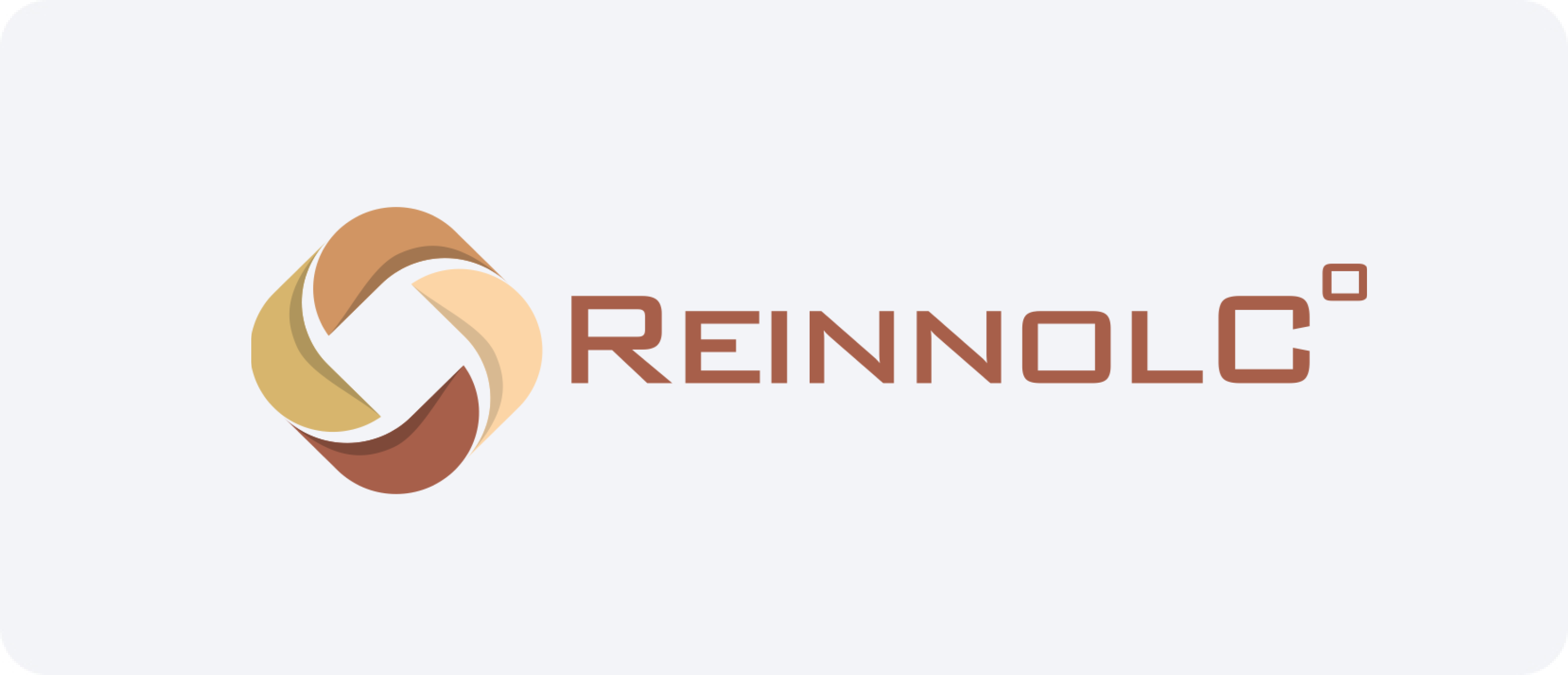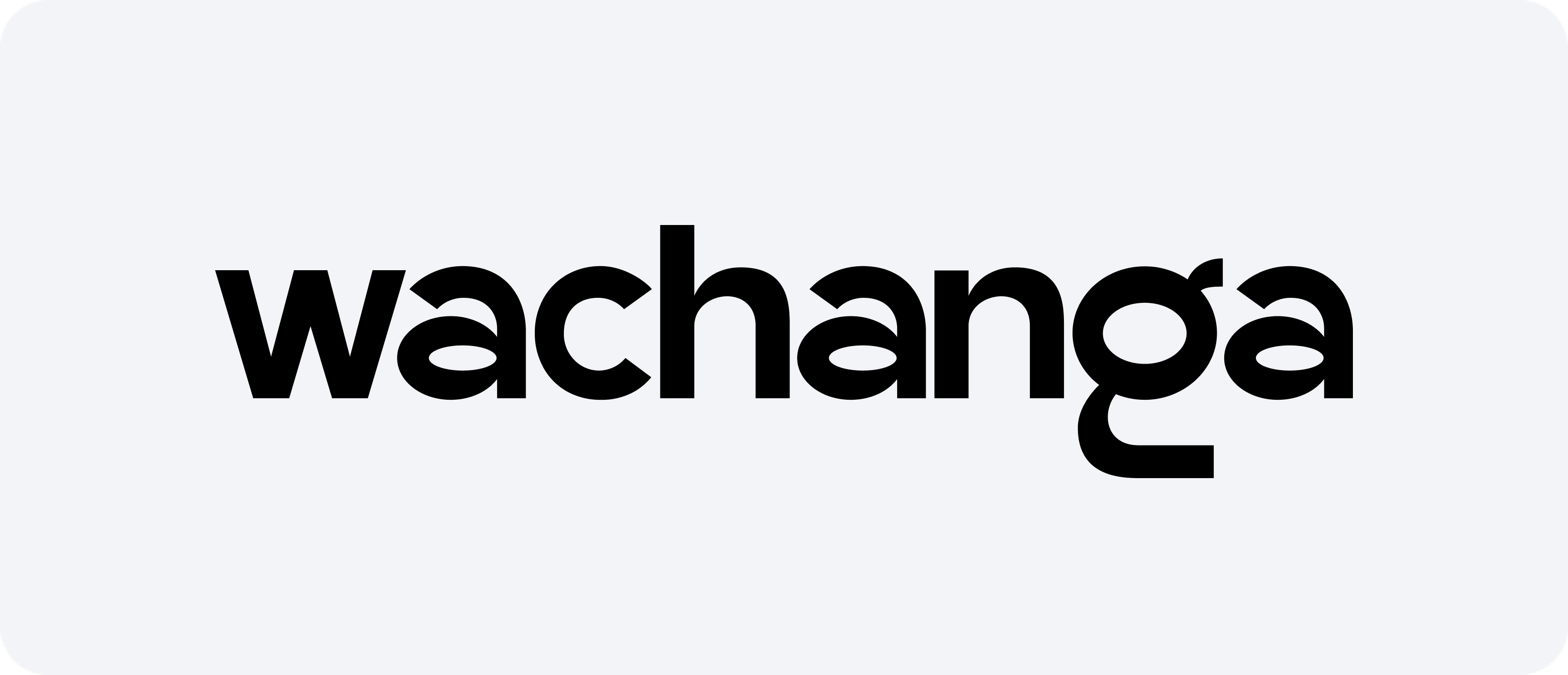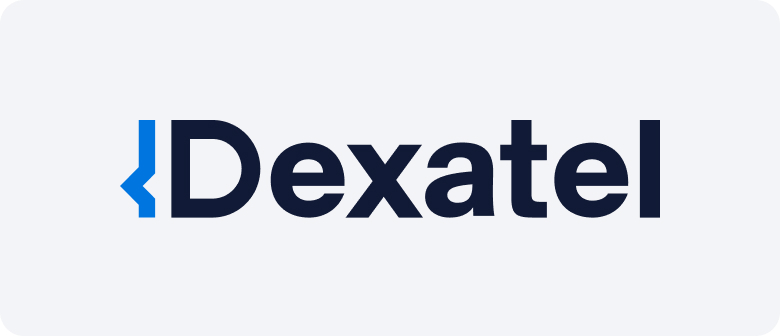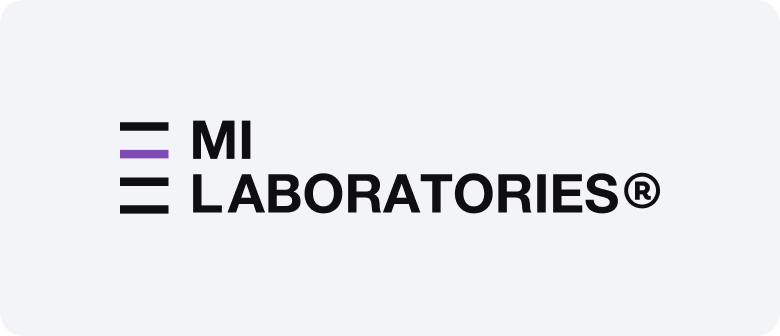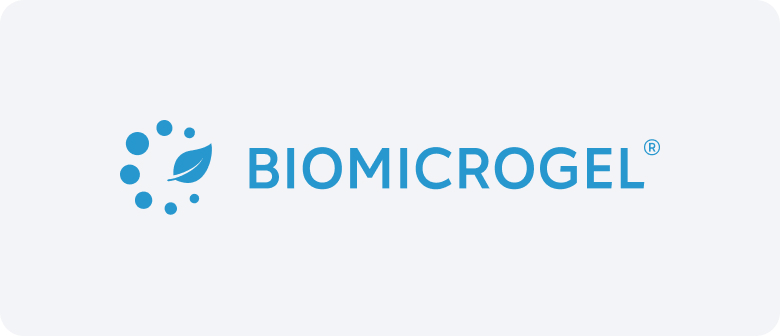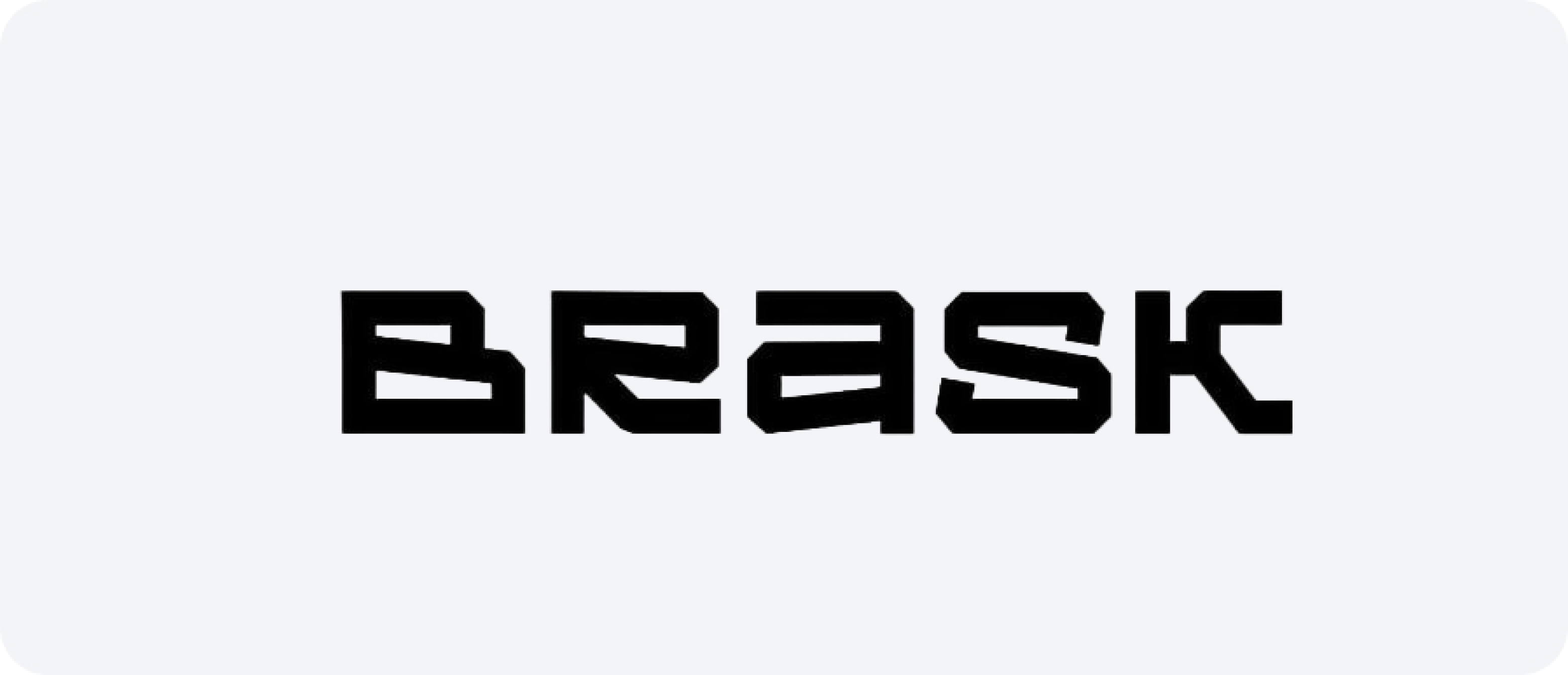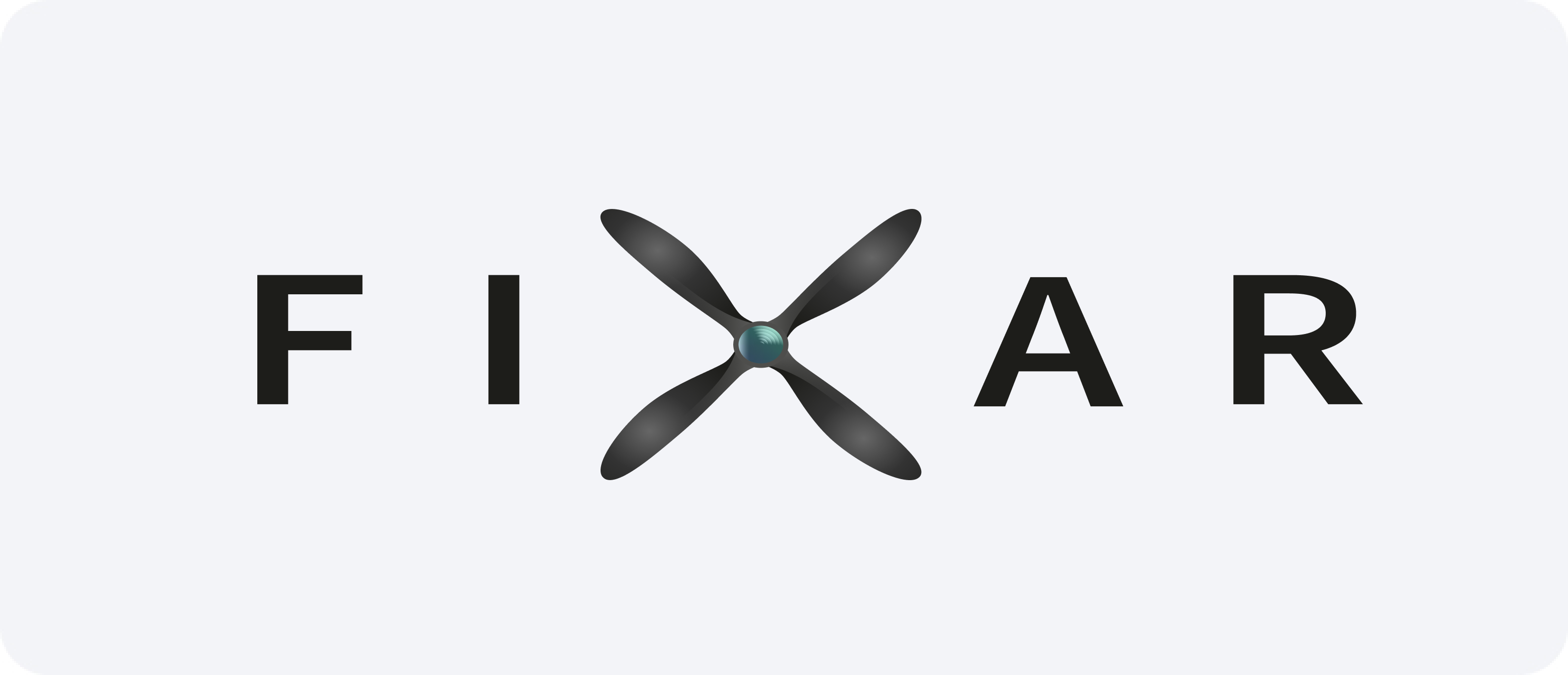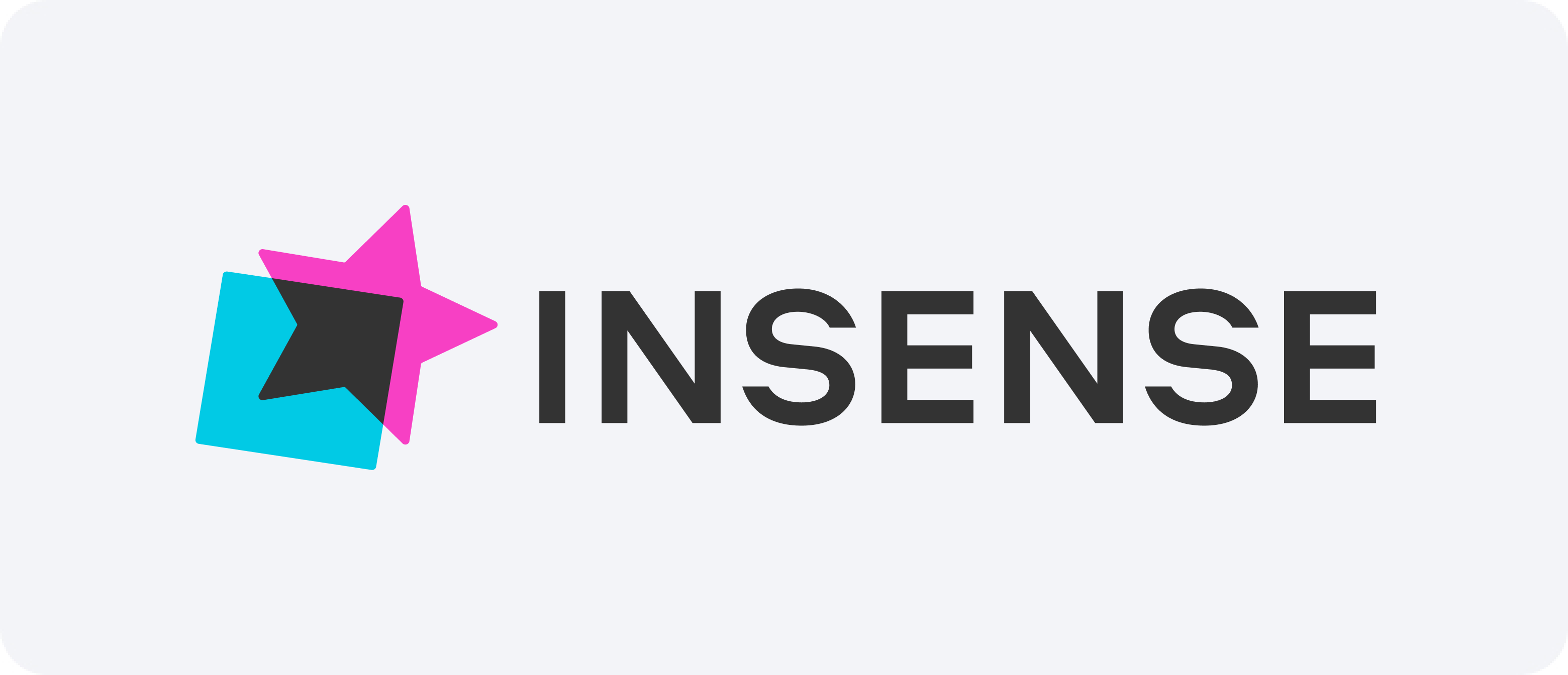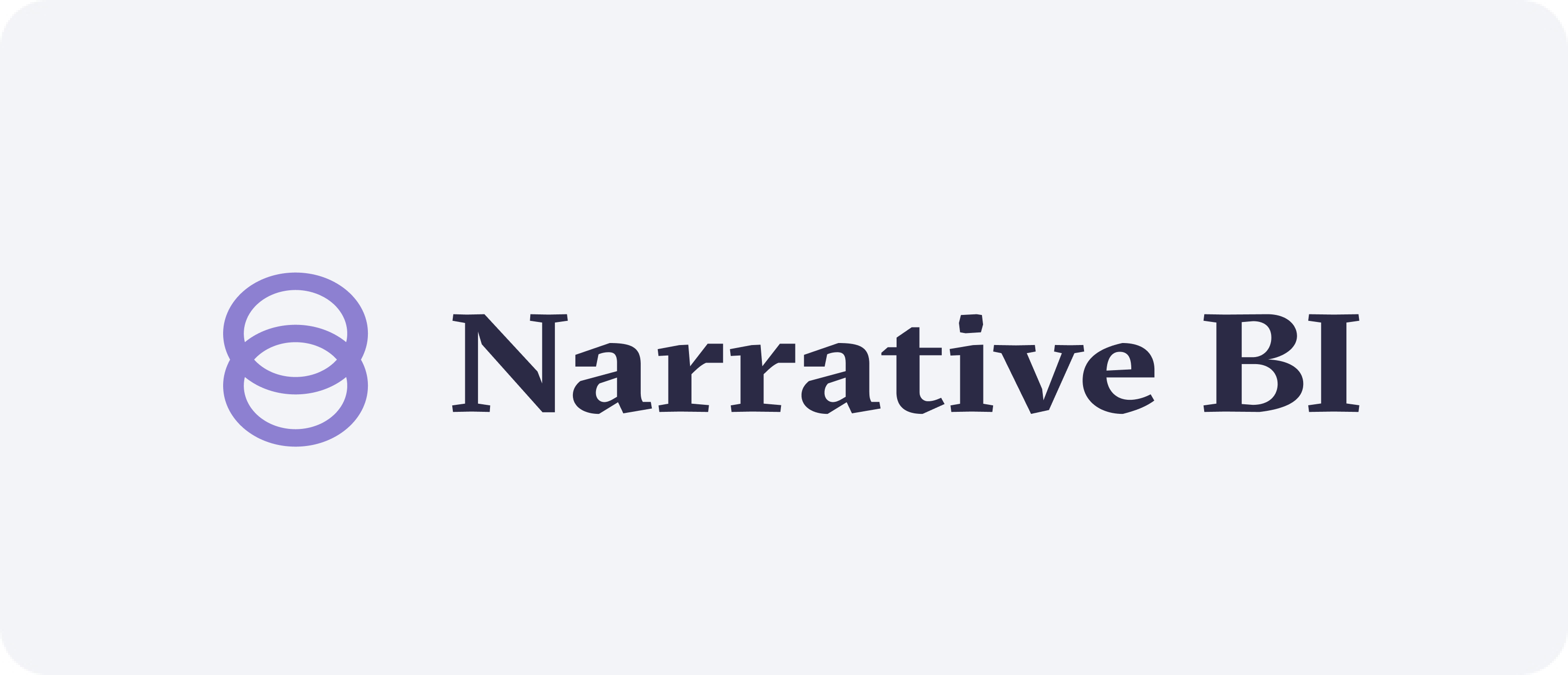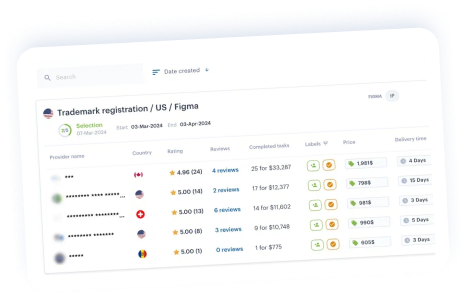Réponse à l'action de l'Office des brevets
Au cours de l'examen, vous pouvez recevoir une action de l'Office qui peut inclure des exigences ou des objections. Ce n'est pas un problème. L'avocat analysera cela, élaborera une stratégie et préparera une réponse



Au cours de l'examen, vous pouvez recevoir une action de l'Office qui peut inclure des exigences ou des objections. Ce n'est pas un problème. L'avocat analysera cela, élaborera une stratégie et préparera une réponse







-
Un assistant IP basé sur l'IA qui vous aide à créer une mission détaillée en quelques minutes.
-
Sélection du mandataire en brevets local le plus approprié sur la base de critères spécifiques.
-
Analyse des actions du bureau, élaboration de la stratégie de réponse, préparation et dépôt effectués par un avocat.
-
Suivi et reporting en ligne sur la plateforme tout au long du processus.

-

Plus de 800 cabinets d'avocats spécialisés en propriété intellectuelle dans plus de 150 pays, classement et avis
-

Un assistant IP alimenté par l'IA qui aide à créer des tâches et à trouver des avocats pertinents
-

Frais forfaitaires, paiements en ligne sécurisés et rapides avec résultats garantis
-

Accès 24h/24 et 7j/7 au processus d'enregistrement et au stockage des données en ligne pour tous vos dossiers
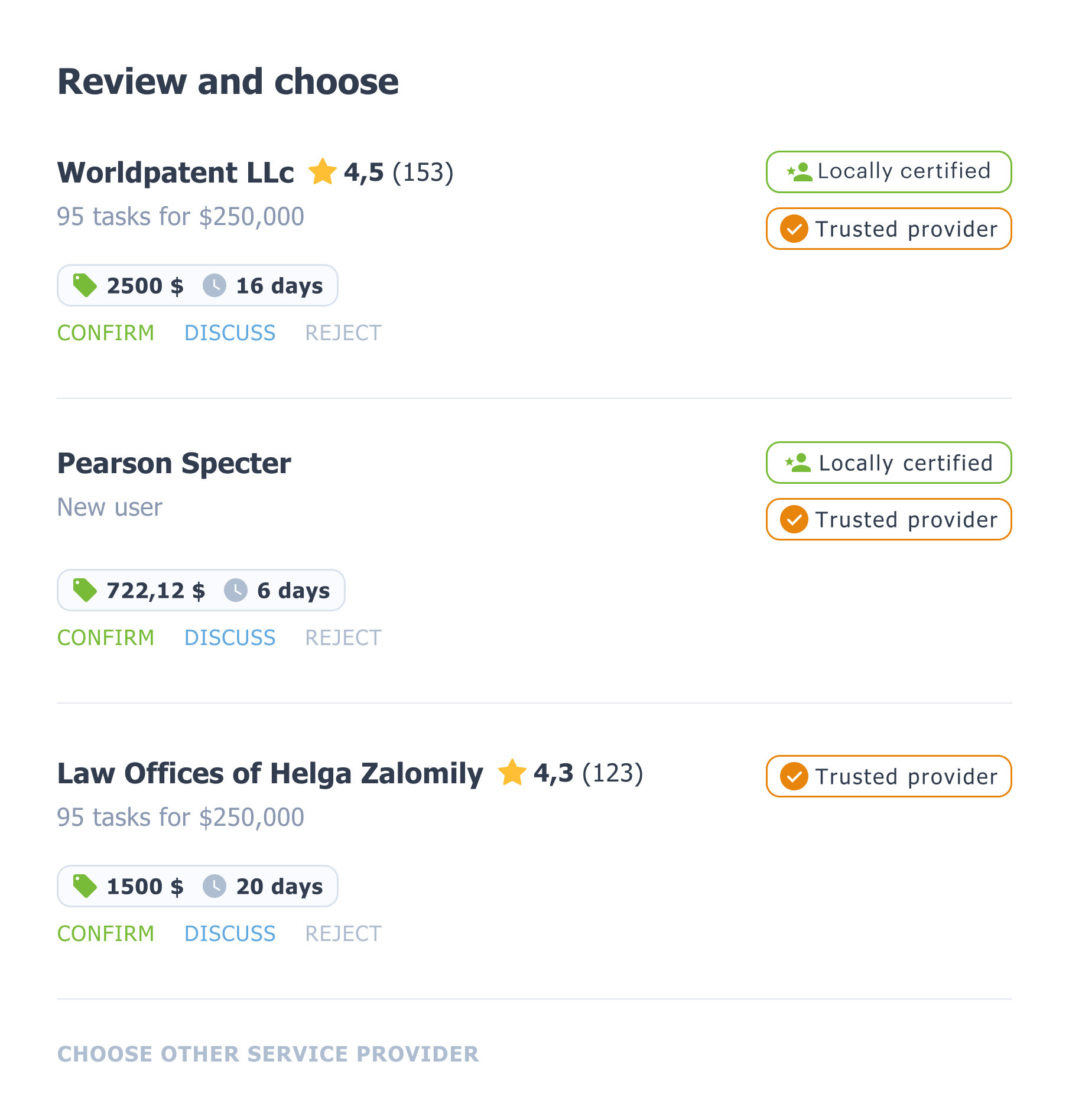
Office Action Responses: Effective Strategies for Patent Prosecution Worldwide
When securing protection for innovations globally, inventors and businesses often face the critical task of crafting office action responses. These documents play a vital role in the prosecution process, determining the fate of applications across jurisdictions. Each patent authority has its own approach to evaluating claims, and understanding how to efficiently respond to objections or rejections is essential for success worldwide.
A well-prepared reaction to an examination notice can significantly improve the chances of invention grant. Whether the objection is related to novelty, inventive step, clarity, or formal issues, having a strong strategy tailored to the jurisdiction helps avoid unnecessary delays and costs. Due to varying rules and examination practices, responding correctly requires experience, technical knowledge, and familiarity with global procedures.
Key Elements in a Successful Reply
Applicants must analyze the examiner’s objections carefully and craft a reply that meets both legal and technical requirements. Failing to do so may result in rejection or abandonment of the application.
Some common issues raised in examination notices include:
- Lack of novelty or inventive step
- Ambiguity or indefiniteness in claims
- Insufficient disclosure in the specification
- Formal or procedural deficiencies
Each type of objection demands a specific approach. An effective examination notice procedure should address the examiner’s concerns in a clear, concise, and persuasive manner. Arguments must be supported with evidence, amendments must be precise, and any claim changes must comply with local laws.
Navigating Examination Notices Procedure Around the World
The procedures for handling examination notices vary significantly from one country to another. While the goal remains the same — obtaining a granted patent — the path to achieving it depends heavily on the rules of the local authority. Here's how worldwide jurisdictions typically differ in handling reactions:
- États-Unis: The USPTO allows for detailed argumentation and claim amendments. Strict timelines apply.
- Europe: The EPO follows a structured examination process, with particular emphasis on clarity and support in the description.
- Japon: The JPO focuses on detailed technical explanations, often requiring deep understanding of engineering or scientific concepts.
- Chine: The CNIPA prioritizes efficiency but enforces strict formality and procedural compliance.
- Inde: The procedure here requires attention to inventive steps and local legal interpretations.
Timely and accurate replies help maintain momentum in the process. Missing deadlines or submitting weak arguments can have significant consequences. Therefore, engaging professionals experienced in global prosecution is essential.
Steps to Take When Preparing an Office Action Response
Here is a checklist of actions that help streamline the process and improve success:
- Review the examination notice carefully to understand the scope of the examiner’s objections.
- Prepare a draft addressing each point logically and thoroughly.
- Analyze claim scope and decide if amendments are necessary to overcome rejections.
- Use technical support documents or drawings to clarify claims or improve understanding.
- Consult with foreign associates, if filing in unfamiliar jurisdictions.
- Track deadlines and procedural requirements, which may vary significantly across countries.
- File the examination notice reaction in a timely manner to avoid extensions or abandonment.
Conclusion
Replying effectively to examination notice is a critical component of international strategy. Each step requires careful review, technical insight, and procedural knowledge. By developing solid OA strategy, inventors and businesses can maximize the value of their innovations and achieve protection globally.
Mastering the art of invention reaction can turn objections into opportunities. Whether dealing with the USPTO, EPO, JPO, or any other national authority, having a structured and informed strategy ensures smoother prosecution and stronger IP assets across borders.
